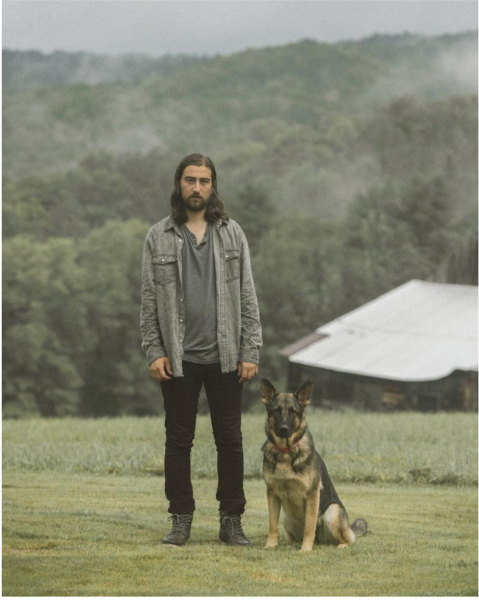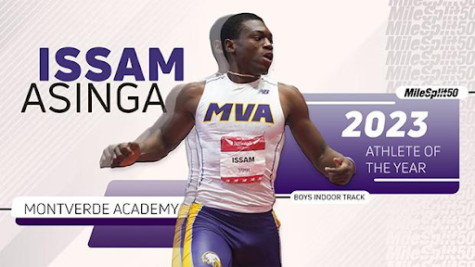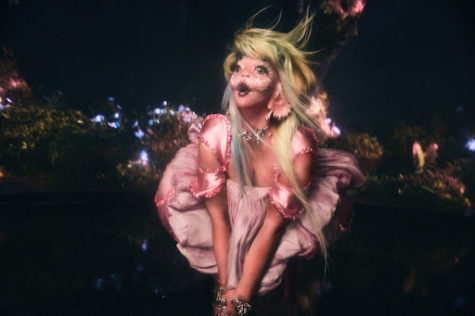Formula One is made up of 24 races per season where each driver competes to win the Driver’s Championship and the teams compete for the Constructors’ Championship. The F1 teams vary between seasons but the teams Alpine, Aston Martin, Ferrari, Haas, Kick Sauber, McLaren, Mercedes, RB, Red Bull, and Williams are currently in the 2024 season (Formula1.com). Larger companies will sponsor a team to gather more media attention and companies such as Mercedes, McLaren, Ferrari, and other car companies sponsor a team as a marketing tool. These companies use F1 in hopes of the viewers watching their cars race and to make their cars more appealing to potential buyers (Investopedia).
Formula 1 has taken large leaps to cater to the younger generations and gain a larger audience to grow their sport. The first action of growing their audience began in 2017 with the marketing and advertising company Liberty Media taking over Formula 1 advertising. Liberty Media began their rebranding of F1 with an ongoing Netflix documentary following the drivers and teams around the world named “Formula 1: Drive to Survive” (The Athletic). The documentary premiered in 2019 and amassed 106.7 million viewing minutes for their debut season. The show has continued to record the inner workings at the paddock, an enclosed area where F1 teams keep their transporters and motor homes (Formula1.com), and has currently increased the United States viewership from 538,00 in 2019 to 1.21 million in 2022 (The Athletic).
But creating the documentary is not the only change Liberty Media has made in F1 marketing. Liberty Media allowed all F1 drivers and teams to have their own social media. Before Liberty Media, F1 was named an “old boy’s club” and catered to an older generation. Liberty Media eased the video and social media restrictions on the teams and drivers which allowed the teams to market F1 to the younger generations on social media (GQ Sports). With the introduction of F1 social media, newcomers and old viewers were able to connect with the drivers and their teams in a more personal way.
Social media allows F1 followers to learn more about the background of each driver and gives insight into what their normal life or race-day interactions might be like. F1 legends such as Ferrari’s Charles Leclerc and Red Bull’s Max Verstappen have amassed followings that have overtaken the F1 community and even their parent team’s social media accounts (GQ Sports). Senior Addi Palmer, who was introduced to F1 when she was two years old, comments on her introduction to the sport and how she “loved watching them speed down the track and swerve through one and other to get in the lead. Over time my love for F1 grew. I began to collect little cars, lego cars, and even F1 trading cards.” Recently, Addi has noticed an influx in F1 fans on social media and the amount of information, edits, and followers the sport has. She has also been able to find other girls her age who are also interested in F1 due to the social media community.
Social Media has been instrumental in the growth and popularity of Formula One. Social media marketing and business teacher, Mrs. Migliacci, compares the success of F1 social media to a similar success story of the baseball team, Savannah Bananas. Mrs. Migliacci explains how “the use of TikTok attracted a younger audience to the team as well.” Mrs. Migliacci also speaks on the fact that an employee who is a part of the younger generation can have a large impact in connecting to that particular audience. She learned how “the marketing intern for the team really helped grow their audience on social media by starting a TikTok and using it to highlight the team’s crazy antics.” The social media community can impact a certain business or type of media by centering a certain joke around it or making it go viral. The Savannah Bananas and F1 are examples of how social media can completely change the viewership of a certain sport or team.
Thanks to Liberty Media taking over F1 marketing, the F1 community has expanded from an “old boy’s club” to a community of younger and older generations. As Formula One becomes more popular on social media and the Netflix documentary continues to release seasons, it is evident that the community will continue to grow with the younger generations.






